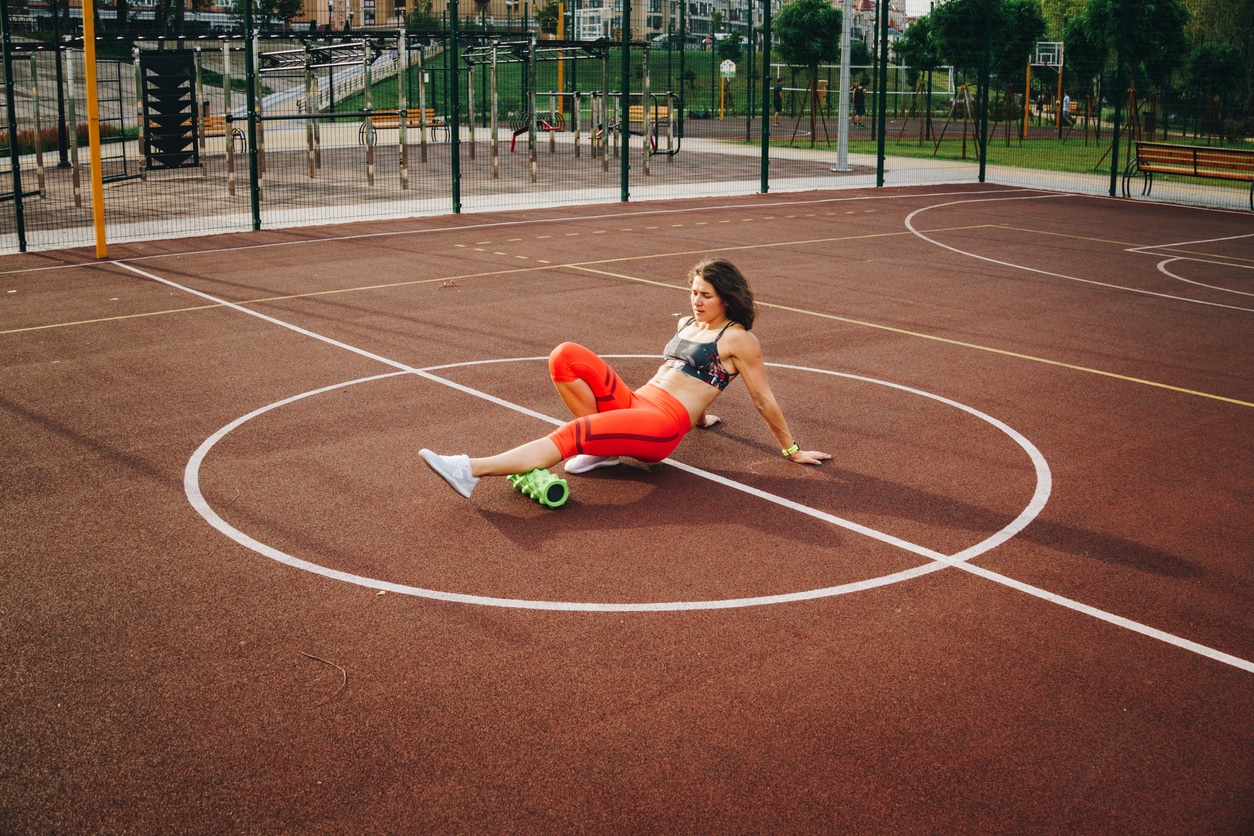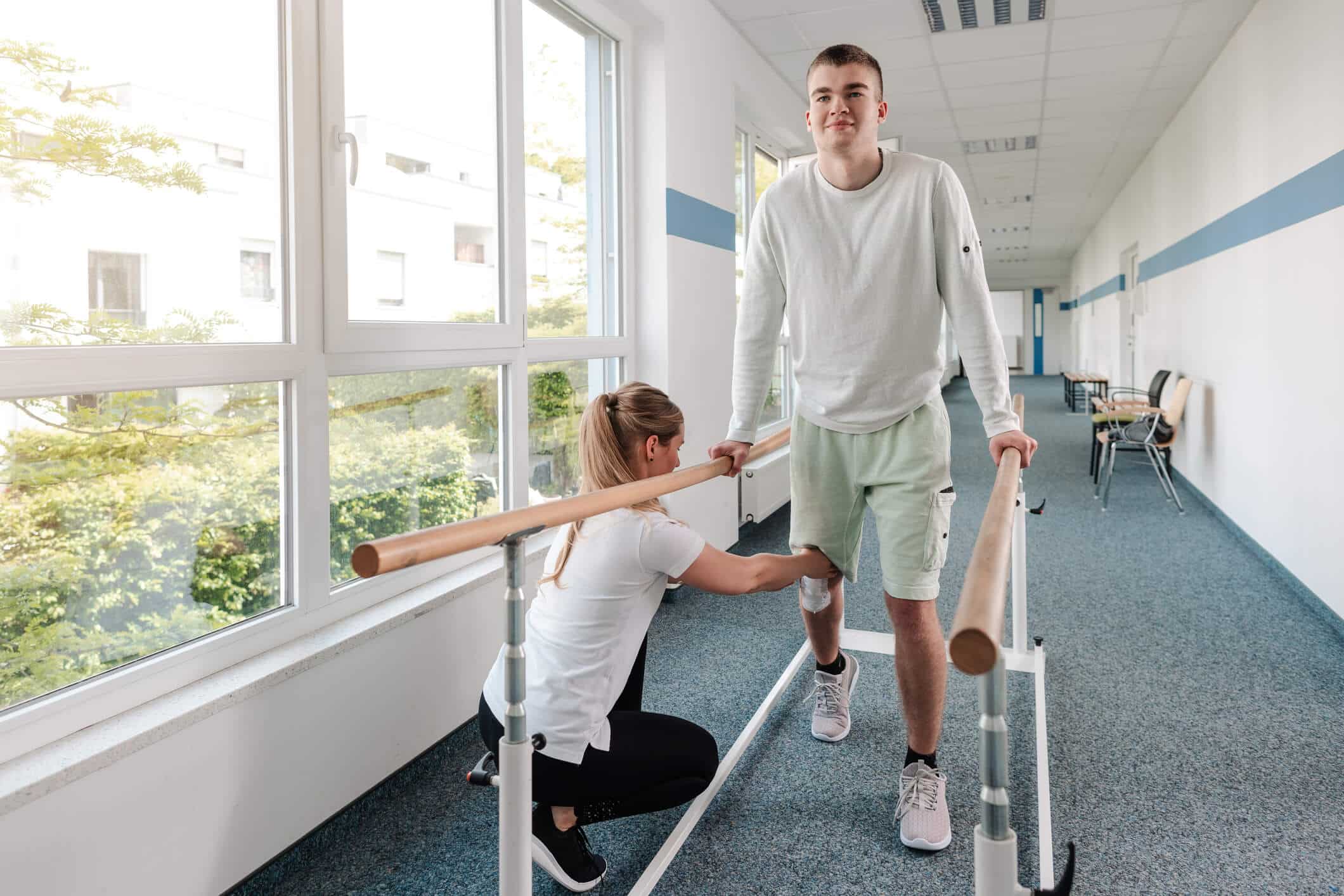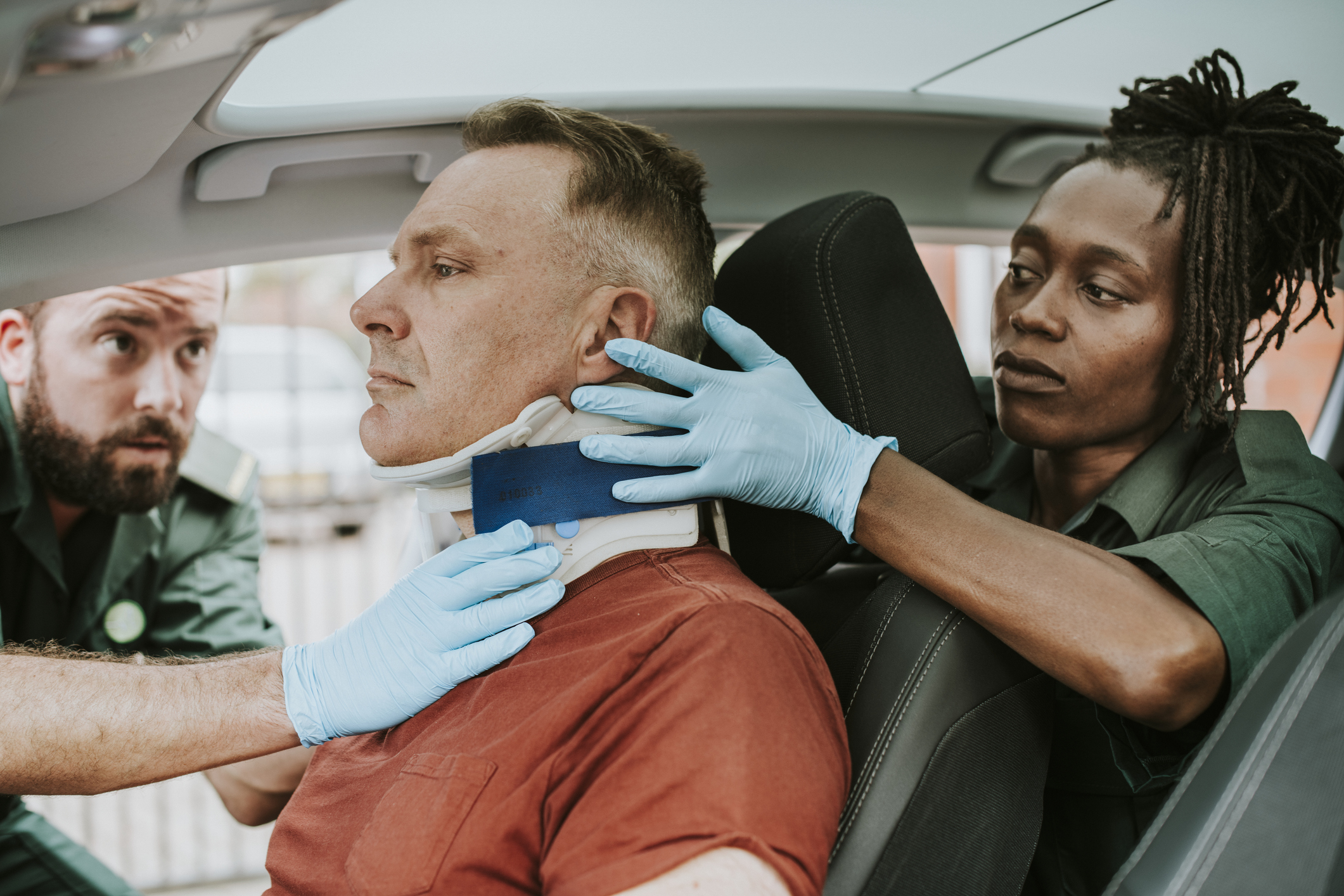10 Important Considerations When Shopping For Athletic Therapy Supplies
In this article, we will discuss the key factors to consider when shopping for athletic therapy supplies. Every athletic therapist will periodically have to refresh their supplies of athletic tapes, bandages, pain relief products, massage oils, etc. Choosing the most suitable supplies will play a key role in the quality of care for your patients and, therefore, in the long term success of your athletic therapy practice.
Choosing Athletic Therapy Supplies – Key Considerations
When shopping for athletic therapy supplies, selecting the right equipment and products is crucial for effective treatment and prevention of injuries. Here’s a detailed look at ten important factors to consider:
1. Purpose and Functionality
Before purchasing any athletic therapy supplies, you should clearly define their intended purpose. Different tools and products serve specific functions—ranging from injury prevention and rehabilitation to enhancing performance. For example, foam rollers are excellent for myofascial release and reducing muscle soreness, while resistance bands are ideal for strength training and flexibility exercises. Ensure the product aligns with your therapy goals and the needs of your athletes.
2. Quality and Durability
The quality of therapy supplies can significantly impact their effectiveness and longevity. High-quality materials generally lead to better performance and a longer lifespan. For instance, a well-made brace or support should be durable enough to withstand repetitive use without losing its effectiveness. Look for products from reputable brands known for their quality and reliability. Checking reviews and testimonials can provide insights into the durability and performance of the items.
3. Comfort and Fit

Comfort is crucial for both the athlete and the therapist. Products such as braces, supports, and compression sleeves should fit well without causing discomfort or restricting movement. Adjustable features, breathable materials, and ergonomic designs can enhance comfort. For instance, a knee brace should provide support while allowing for natural movement, and a massage tool should be easy to handle and use comfortably.
4. Ease of Use and Maintenance
Consider how easy it is to use and maintain your athletic therapy supplies. Some products require special techniques or expertise to use effectively. Additionally, ease of cleaning and maintaining the equipment is important for hygiene and longevity. For example, foam rollers and massage sticks should be easy to wipe down, while hot/cold compresses (such as ice packs) should be simple to store and handle.
5. Safety
Safety should be a primary concern when selecting athletic therapy supplies. Ensure that the products are designed to minimize the risk of causing further injury or harm. Check for features like non-slip surfaces on mats and rollers or adjustable straps on supports that secure comfortably without cutting off circulation. Certifications and standards adherence can also provide assurance of the product’s safety.
6. Portability and Storage
Athletic therapy supplies should be portable and easy to store, especially if they will be used in different locations such as a gym, field, or clinic. Compact, lightweight items that come with carrying cases or can be easily packed away are ideal. For instance, resistance bands and travel-sized massage tools are great for on-the-go use, while larger items like therapy balls may need designated storage space.
7. Cost and Budget
Budget considerations are always important. While investing in high-quality products is essential, it’s also important to balance cost with necessity. Expensive items may offer advanced features, but less costly alternatives might meet your needs adequately. Look for products that offer a good balance between cost and functionality, and consider the long-term value rather than just the initial expense.
8. Adaptability and Versatility
Versatility is extremely important when choosing athletic therapy supplies. Products that serve multiple functions or can be used for various conditions can be more cost-effective and practical. For example, a multi-purpose therapy ball can be used for stretching, strengthening, and balance exercises. Look for items that offer multiple uses or can be adjusted to different therapy needs.
9. Evidence-Based Effectiveness
It’s important to consider the effectiveness of the products based on research and evidence. Some therapy tools have been scientifically validated for their benefits, while others may lack substantial proof of their efficacy. Research products and consult with professionals to ensure the items you choose are backed by evidence and are known to produce positive results.
10. Professional Recommendations
Consulting with athletic therapists, physiotherapists, or other professionals can provide valuable insights into the best products for your needs. These experts can offer recommendations based on their experience and knowledge of therapy supplies. Their advice can help ensure that you are selecting athletic therapy supplies that are not only effective but also tailored to your specific therapeutic requirements.
Conclusion
In conclusion, shopping for athletic therapy supplies involves a thorough evaluation of various factors to ensure you are selecting the most appropriate and effective products. By considering the purpose, quality, comfort, ease of use, safety, portability, cost, versatility, evidence-based effectiveness, and professional recommendations, you can make informed decisions that support effective therapy and contribute to overall athlete well-being.








